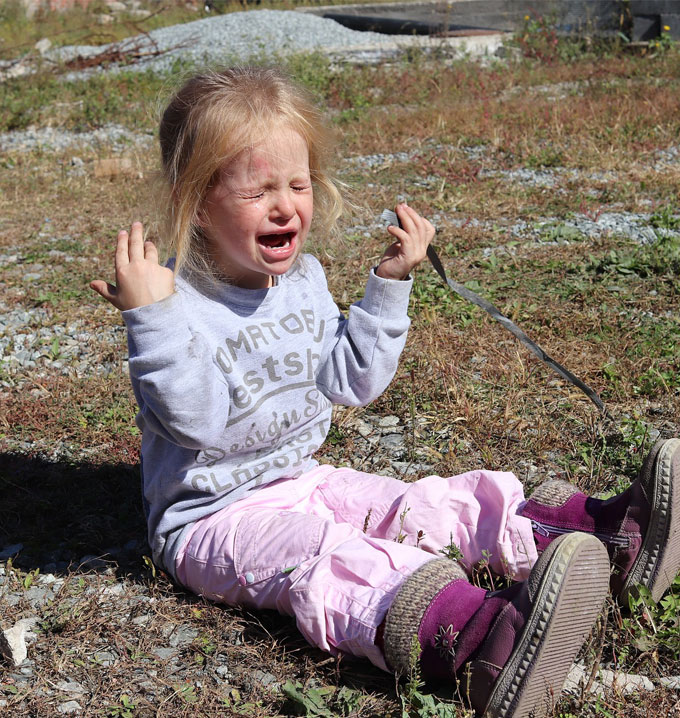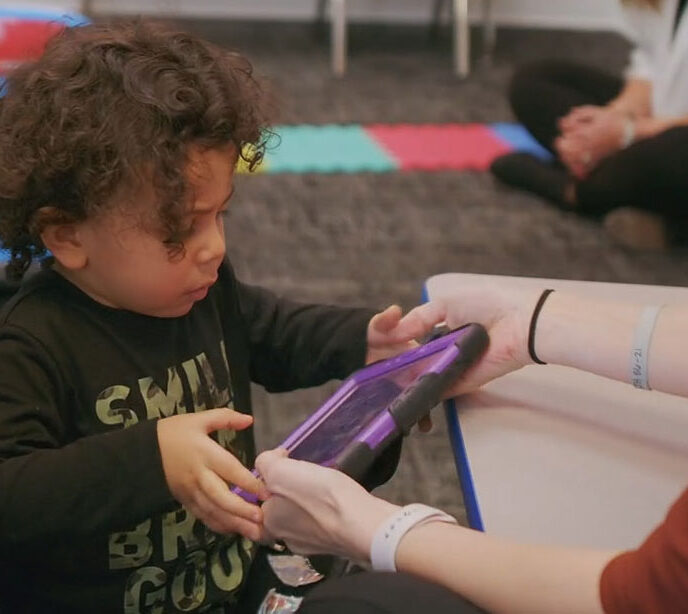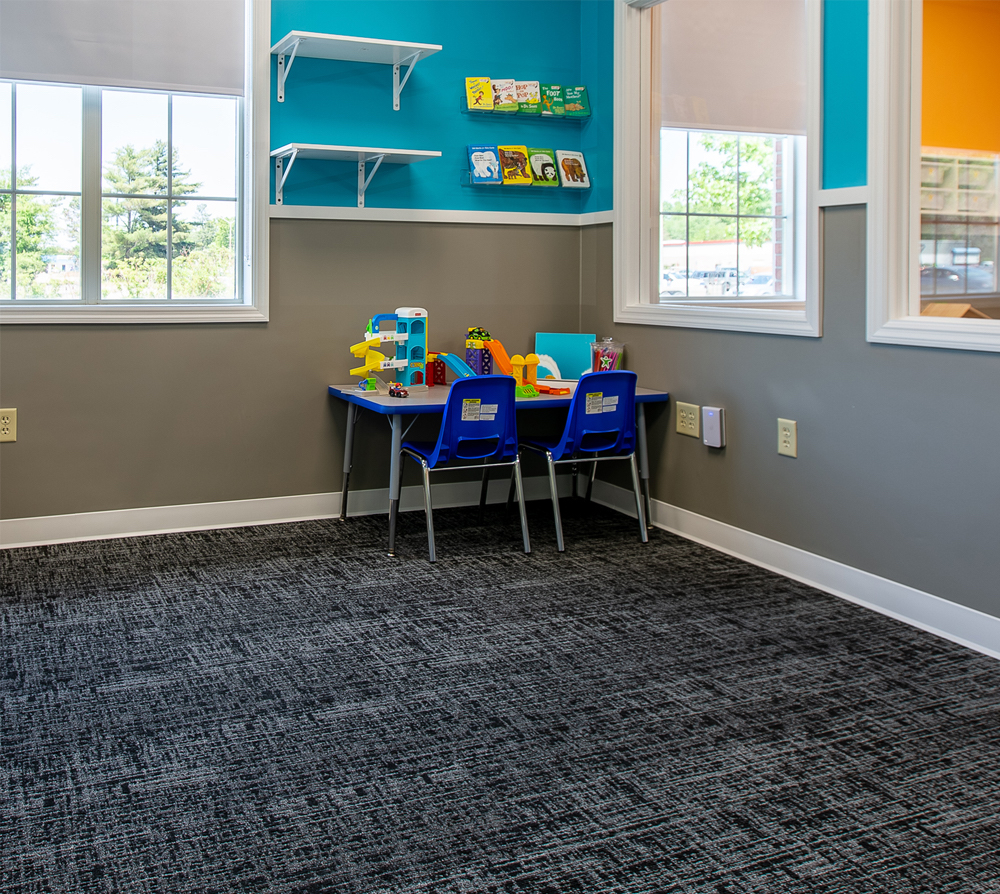Spotting & Handling an Autism Related Meltdown – Lighthouse Autism Center
We look at some of the key features of a meltdown in a child with autism, such as stimming and distress as a result of sensory overload. This helps you spot meltdowns and equips you with the tools to prevent, prepare, and recover from them.

Tips for Spotting an Autistic Meltdown and How to Handle It
Autism related meltdowns are often confused with temper tantrums, but while they may appear similar, they are fundamentally different and require a unique approach. Discover the key features of an autism related meltdown, how to handle them, and the best strategies to prevent, prepare, and recover from them.
What is an autism related meltdown?
Autism-related meltdowns are sometimes involuntary responses to overwhelming/overstimulating situations, feelings, or environments. When an autistic individual becomes overwhelmed or overstimulated by a situation, they may experience extreme distress and temporarily lose control of their behavior. This can trigger a fight, flight, or freeze response, making it difficult for the individual to regulate their sensory processing and behavioral responses. They could express this verbally (shouting, screaming, crying), physically (kicking, lashing out, biting), or in several other ways.
Autism meltdown vs. temper tantrum
If your child is having a meltdown, it may look like a normal “temper tantrum.” However, while they may appear similar, a meltdown is not a temper tantrum and should not be treated as such.
While tantrums are most common among allistic children, autistic individuals can experience meltdowns throughout their lives. Next, tantrums are generally goal-oriented and occur in response to an unfulfilled desire. In contrast, meltdowns are related to a trigger and are often not a voluntary response. Finally, meltdowns are not “bad” or “naughty” and should not be punished. Remember that the child or individual experiencing a meltdown is in a state of overstimulation. They will require immediate support both before, during, and after.
This means that meltdowns are more intense, emotional, longer lasting, and difficult to manage than the average tantrum.
Qualities of an autism meltdown: What to look out for
There are several signs of an autism meltdown that can help you take the necessary steps to either prevent it or support your child through it.
These are the most common autism related meltdown signs:
Meltdowns are preceded by signs of distress
Meltdowns begin with warning signals, such as external signs of distress. These include physiological and behavioral changes that can be either obvious or subtle.
Meltdowns involve intense stimming
Signs of distress may include or progress to “stims” (self-stimulatory behaviors) such as rocking, pacing, finger flicking, and slapping. Stims are often self-calming techniques used to help regulate anxiety or sensory input. Intense stimming or other obvious signs of agitation indicate that a meltdown is imminent.
Supporting your loved one during a meltdown
Wondering how to stop a meltdown? Ultimately, prevention is the best method. You can do very little to stop a meltdown once your child is in the middle of one, but you need to know how to calm and soothe them. During this phase, your child’s behavior may become explosive and uncontrolled. As such, it’s important to move them to a safe, quiet environment, that the triggers are stopped as quickly as possible, and that they are provided with both support and space to work through it in their own time and way. This is not the time to reason, redirect, or teach new lessons or coping skills.
Generally speaking, the focus should be on sensory and emotional support. This includes:
- Staying calm and creating a safe environment.
- Keeping your own frustration or distress in check.
- Reducing verbal communication using visual representations and “yes” or “no” questions.
- Focus on what your child is trying to communicate with their behavior, what do they want or need and how can you get it for them?
- Decreasing sensory stimulation by reducing sensory input in the environment (dimming the lights, turning off the radio/TV, etc.).
What to do after an autism related meltdown
Meltdowns can last anywhere from a few minutes to a few hours, depending on the severity of the trigger and the way it is managed. Once entering the recovery stage, your child is likely to feel vulnerable and emotionally exhausted. Your continued love and support are necessary as your child may be embarrassed or ashamed of their autism and anger outbursts. It is important to remember that the meltdown was completely involuntary and to reassure them that everything will be okay. It is best not to discuss the incident immediately, as this could retrigger them, but to wait until they are fully rested, recovered, and calm.
Unlock your child’s potential with Lighthouse Autism Center
Explore more helpful autism resources available from the Lighthouse Autism Center. Here, you’ll also discover our innovative model and creative approach, Lighthouse Fusion ABA therapy, which combines the best practices of behavior analysis and speech therapy to help your child progress in a safe, fun environment.
Together, we can unlock your child’s potential
Related News

10/07/2025
PECS and Its Use in ABA Therapy – Lighthouse Autism Center
The picture exchange communication system, or PECS, is a teaching system that can help an autistic child or another individual with speech difficulties improve their communication skills. We take a look at PECS’ role in ABA therapy and unpack how it works. What Is the PECS System and How Is It Used In ABA Therapy? […]

08/13/2025
ABA Therapy Tips for Taking Your Autistic Child to the Dentist
Taking Your Autistic Child to the Dentist For any child, and even adults, a trip to the dentist can often be filled with anxiety, fear, and discomfort. For a autistic child, especially, these feelings can be even further heightened by sensitivities to noise, smell, and touch. To make this experience better for both the child […]

08/13/2025
Tips for House Hunting with Your Child on the Spectrum
Guidance for Families with Children with Autism when Moving Moving is always a stressful and complicated endeavor. But when you have a child on the autism spectrum, the thought of packing up your household and moving somewhere new can seem like a near-impossible task. Parents often worry that their children will get overwhelmed by this […]


